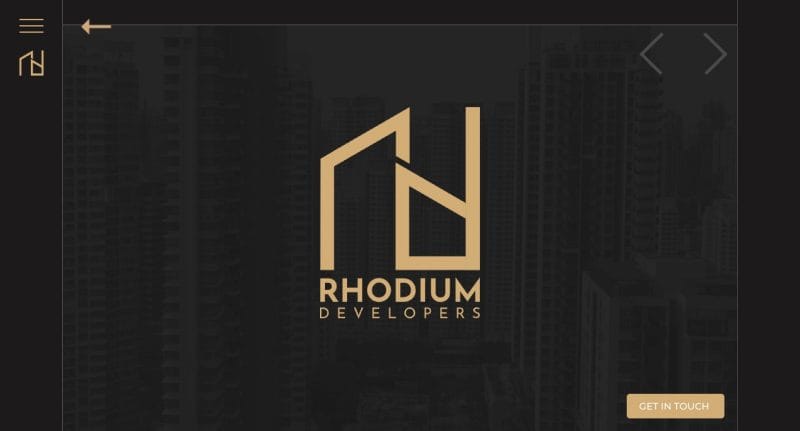What is a Blog?
 A blog is a kind of website, that a blogger uses to display the content. This content is referred to as blog posts that are displayed in a reverse-chronological listing means the new content is displayed first.
A blog is a kind of website, that a blogger uses to display the content. This content is referred to as blog posts that are displayed in a reverse-chronological listing means the new content is displayed first.
Usually, blogs are maintained by an individual or a small group of people to present information. Now it is really easy to start a blog with services like WordPress, Blogger, etc., that provide you with the entire content management system including design templates, and gives your blog an attractive look.
History of Blogs
In the earlier time, users were only running personal web pages where they published their personal thoughts and review. So the number of web pages is increasing and several tools are available that made it easy for the users to create blogs. This made blogging popular and many users started using this technology.
The popular blogging website, Blogger launched in 1999 and was later acquired by Google. Later, WordPress was launched as a blogging platform in May 2003, which totally change the life of bloggers.
Now, WordPress is the most popular blogging platform that powers around 30% of all websites on the internet.
What is a Website?
A website is a collection of web pages and multimedia content that comes under one domain. Websites can be built for various purposes: business, personal, government, and agencies. Websites are used to provide information about a company or organization, online to visitors.
Difference Between Blog and Website
 Blogs are a kind of website. The only real difference between a blog and a website is that blogs are regularly updated with new content, that is displayed in reverse chronological order means the newer content is displayed first.
Blogs are a kind of website. The only real difference between a blog and a website is that blogs are regularly updated with new content, that is displayed in reverse chronological order means the newer content is displayed first.
Websites are much more static, are organized into pages and the content is not updated frequently. Whereas a blog is dynamic, which is updated more frequently known as posts. Even some bloggers publish one or more new articles in one day.
Blogs can be part of a large website. Many business websites have a blog section where they regularly create content to inform and update their customers. But not all websites can be called blogs.
Also, the blogs have articles that are arranged using categories and tags. And websites have pages that organize and display content.
Blog or Website – Which One is Better?
Well, it really depends on your goals. Many small businesses have websites without blogs because they only want to make their web presence for a business, organization, or individual.
But many businesses include a blog section on their websites as their marketing strategy and use it to get more traffic from search engines. Blogs help to cover the keywords that could get free traffic from search engines and increase sales.
Difference Between Blog Posts and Pages
Blog posts are displayed in reverse chronological order where the newer post comes first on your blog page which means your users will go deeper to view older posts.
Pages are static and have one type of content such as an about page, contact page, products page, services page, or home page.
A website structure and layout are created using pages. But even blogs can be built along with pages.
What are The Benefits of Blogging?
 Blogging provides users to share their creativity and ideas with an audience around the globe. Many businesses, non-profit organizations, or professionals are adding a blog to your website that can help you achieve your goals. Blogging has been an important part of online marketing for many businesses.
Blogging provides users to share their creativity and ideas with an audience around the globe. Many businesses, non-profit organizations, or professionals are adding a blog to your website that can help you achieve your goals. Blogging has been an important part of online marketing for many businesses.
Blogging helps you to organize your thoughts & ideas and to showcase your skills & creativity. Many bloggers earn money from their blogs with different monetization methods. Blogging helps to bring more potential customers to their websites.
Non-profit organizations do blogging to create awareness among people and also run social media campaigns.
How Do Bloggers Earn Money?
A large number of bloggers earn money through their blogs and have built successful online businesses. Many successful bloggers earned six to seven-figure of income from their blogs.
The most common and easiest way to earn money online is by displaying ads with the help of Google AdSense. It helps in finding & displaying ads, collecting payments from advertisers, and delivering payments for a small cut.
Many bloggers use affiliate marketing. They recommend products on their websites and earn a commission when users buy those products.
Also, other monetization methods are used like creating paid membership blogs, creating an online store, or selling eBooks.
Can Anyone Start a Blog?
Yes, anyone can start a blog very easily. Now there are many blogging platforms available with plenty of tools that help you to create a blog easily without any coding skills.
We recommend using WordPress as your blogging platform. It is the world’s most popular blogging platform and website builder.










